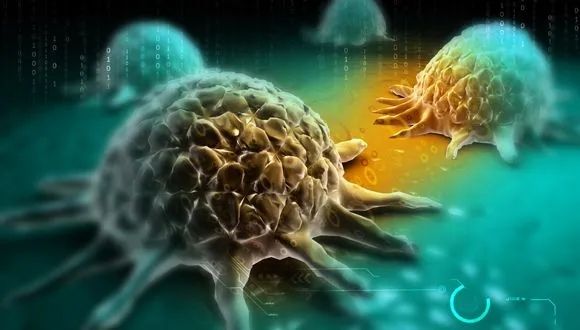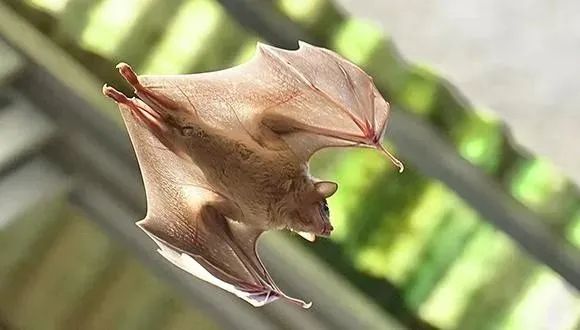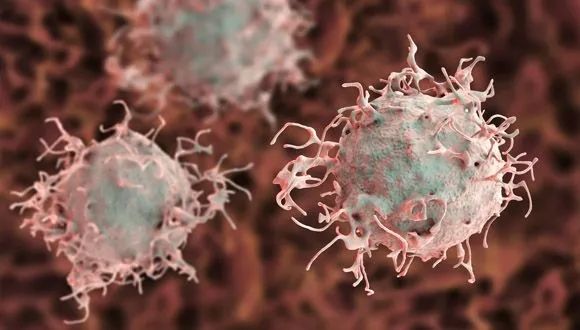
The Immune System’s Double Agents
The Immune System’s Double Agents
Glioblastoma is the most common type of brain cancer, and one of the most violent and deadly cancers in humans; the average life expectancy of glioblastoma patients is 12 to 15 months from the moment of detection. Usually, the scientific monitoring of the development of the cancerous tumor in animal models is carried out without an active immune system, in order to enable the absorption and growth of cancer cells in the body. The disadvantage of this commonly-used model lies in the fact that the immune system either does not exist or does not function properly, which prevents researchers from monitoring the interaction between it and the tumor cells.
A new Tel Aviv University study examined for the first time the development of a glioblastoma cancerous tumor in animal models with a normal immune system in order to best simulate the development of the tumor in humans. The findings showed that there are immune system cells that, despite the fact that their primary function is to attack and kill the cancer cells, actually act as “double agents” that increase and intensify the aggressiveness and threat of the tumor.
The study was led by Dr. Dinorah Friedmann-Morvinski of The George S. Wise Faculty of Life Sciences and Sagol School of Neuroscience, and her PhD student Prerna Magod. Also participating in the study were Dr. Liat Rousso-Noori and Ignacio Mastandrea, also from the Faculty of Life Sciences, as well as researchers from the Sackler Faculty of Medicine and the Weizmann Institute of Science. The study was published in the prestigious journal Cell Reports.
Switching Sides
In the study, the researchers found that cells called neutrophils play a critical role in interacting with the cancerous growth. Neutrophils are immune system cells that originate in the bone marrow, and whose purpose is to “swallow” or kill bacteria and fungi and fight the infections caused by them. “Neutrophils are the front-line soldiers of the immune system,” explains Dr. Friedmann-Morvinski. “When a tumor begins to develop, the neutrophils are among the first to mobilize and attack it in order to eliminate it.”
The researchers also found that the neutrophils remain near the tumor throughout its development, and are continuously and consistently recruited from the bone marrow. The surprising thing that was discovered during this study is that the neutrophils “change sides:” Whereas at first, with the onset of the initial tumor, the neutrophils fight it, over time the neutrophils recruited to the cancerous area begin to support its development.
Dr. Friedmann-Morvinski: “We learned that the neutrophils actually change their role. They are mobilized by the tumor itself, and from being anti-cancerous, become pro-cancerous; as a result, they aggravate the damage that the tumor itself creates.”
Moreover, the researchers found that the process by which the neutrophils change their properties can take place remotely, even before they progress towards the tumor itself.
“The study showed that the change in the properties of neutrophils takes place in the bone marrow itself – where there is no tumor at all: the cancerous tumor is located only in the brain, and from there it succeeds in changing the properties of the cells it recruits,” adds Dr. Friedmann-Morvinski.
Seeking to Boost Effectiveness of Immunotherapy
“The new findings of this study may also shed light on immunotherapeutic therapies, which have been gaining a lot of momentum in recent years. In one type of immunotherapy treatment, T cells [important white blood cells of the immune system] are removed from the patient’s body, processed, and returned to the body with increased healing abilities. One of the major problems today is that even these cells, that have been sent in order to heal, are suppressed and their actions stifled. If we know how to change the interaction between neutrophils and T cells so that they are not suppressed, this will have implications for the effectiveness of immunotherapy.”
These revelations may be the first step towards deciphering the mechanism of interaction between the immune system and cancerous tumors.
Related posts






Destroying Cancer: new drug delivery system containing RNA therapy can target cancer cells in bone marrow





Operation Guardian of the Walls: Women, Young People and Residents of the South Paid the Heaviest Price



Breakthrough Gene Therapy Offers Hope for Severe Developmental Epilepsy in Children

Prof. Isaac P. Witz Honored with 2023 Szent-Györgyi Prize for Progress in Cancer Research

